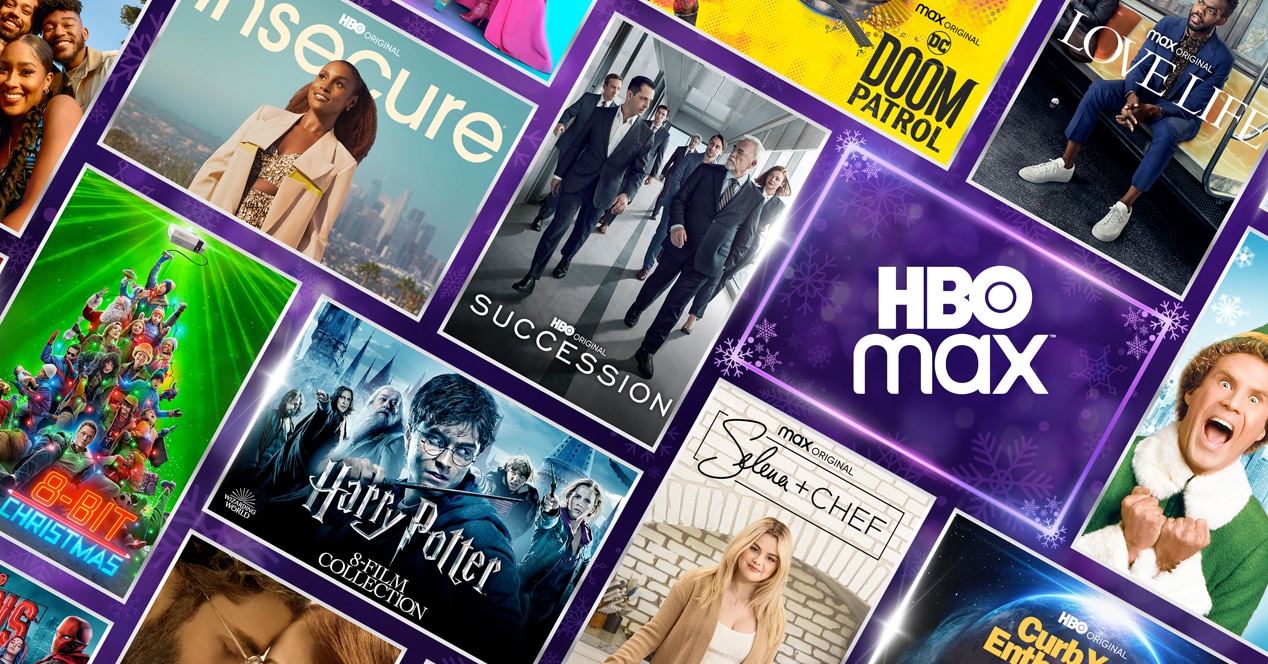
You invested a good sum of money in the television that you have in the living room of your house. You fought with your operator to get you the broadband fiber optic line at a relatively affordable price. You use a state-of-the-art device to play your content and pay religiously every month for the most advanced membership offered by your trusted streaming service. And now comes the question: Are you watching your movies and series at the highest possible quality? If you are not absolutely sure of the answer, stay with this article in which we will explain point by point what can reduce the image quality of the television series and movies that we watch on streaming.
Are you taking advantage of the maximum quality of your subscription?
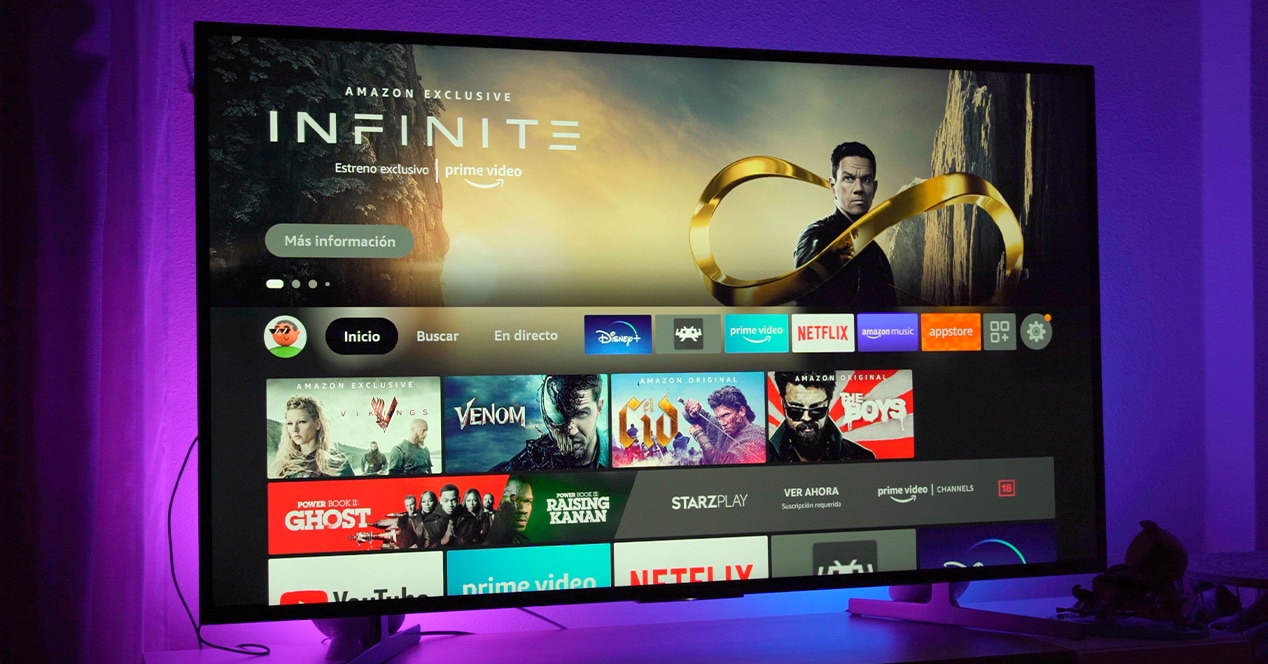
Marketing managers who work for different technology companies love the acronyms and standards. We buy a 4K television because they tell us that it is the best of the best, but just any one is not worth it. The model that we are going to put at home must be compatible with HDR. We soak up names and always try to find what suits us best. But… do we really take advantage of all the technology and features that we pay for?
Streaming services have revolutionized our way of consuming content. Many of us prefer to pay for a few platforms each month and leave behind the previous model of cable television, which ties you to a decoder and in which you are also subject to schedules and programming. Each content platform is unique, and they all have their membership that allows you to enjoy 4K content. Normally we think that accessing this is as easy as inserting the card and going to the checkout. but there is factors that may be causing you to not fully enjoy the experience for which you are paying.
Let's start with the TV
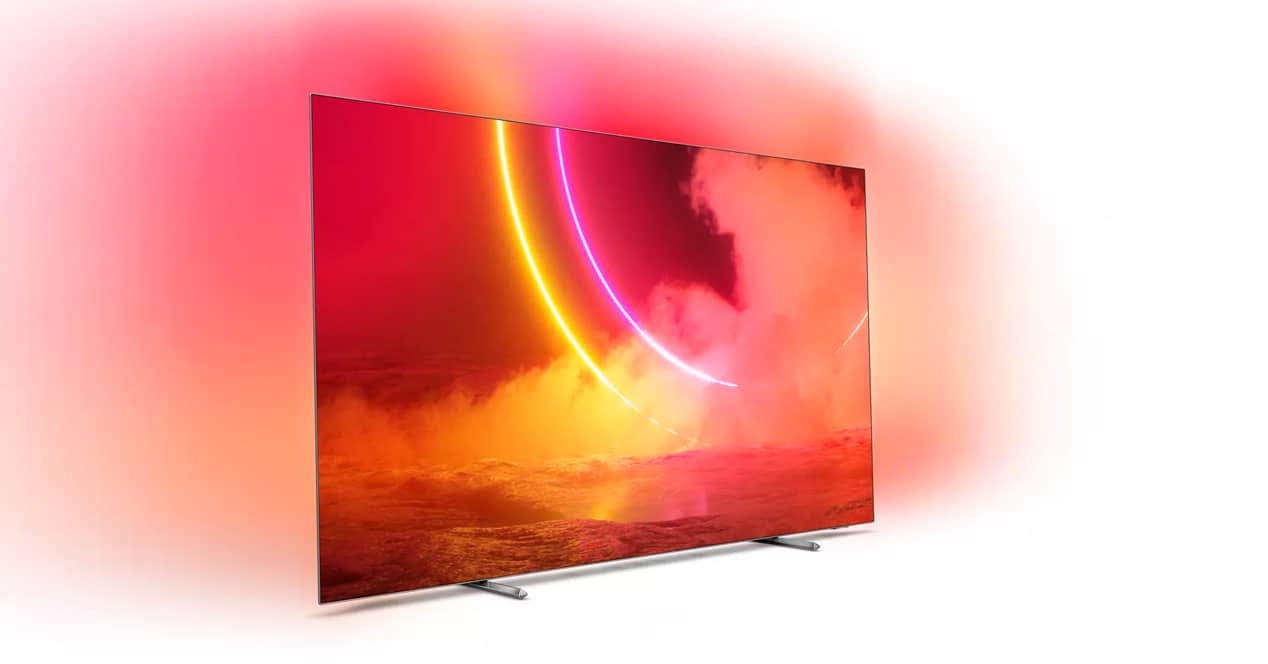
Let's start with the most basic. Each television or screen that we use to watch movies and series has a certain resolution. This is given from the factory and what it tells us is the total number of pixels that the panel has. When we talk about a Full HD display, we are talking about the standard of 1.920 by 1.080 pixels. And when we talk about 4K, we really refer to a screen that has approximately 4 million pixels, since 4K is not really a standard as such, oddly enough.
If your television is Full HD (also known as 1080p), it is not that you are seeing your streaming badly, quite the opposite. you are paying for one resolution you can't use. For the same reason, if you don't share your account, you don't have more devices and you are paying extra to reach that resolution, you are wasting part of your budget.
On the other hand, we also tend to talk about HDR. This does not refer to the pixels, but to the Dynamic range of tones that the panel can offer. This parameter is standardized, and only a few streaming services offer content for this type of screen.
Each streaming service has its plan
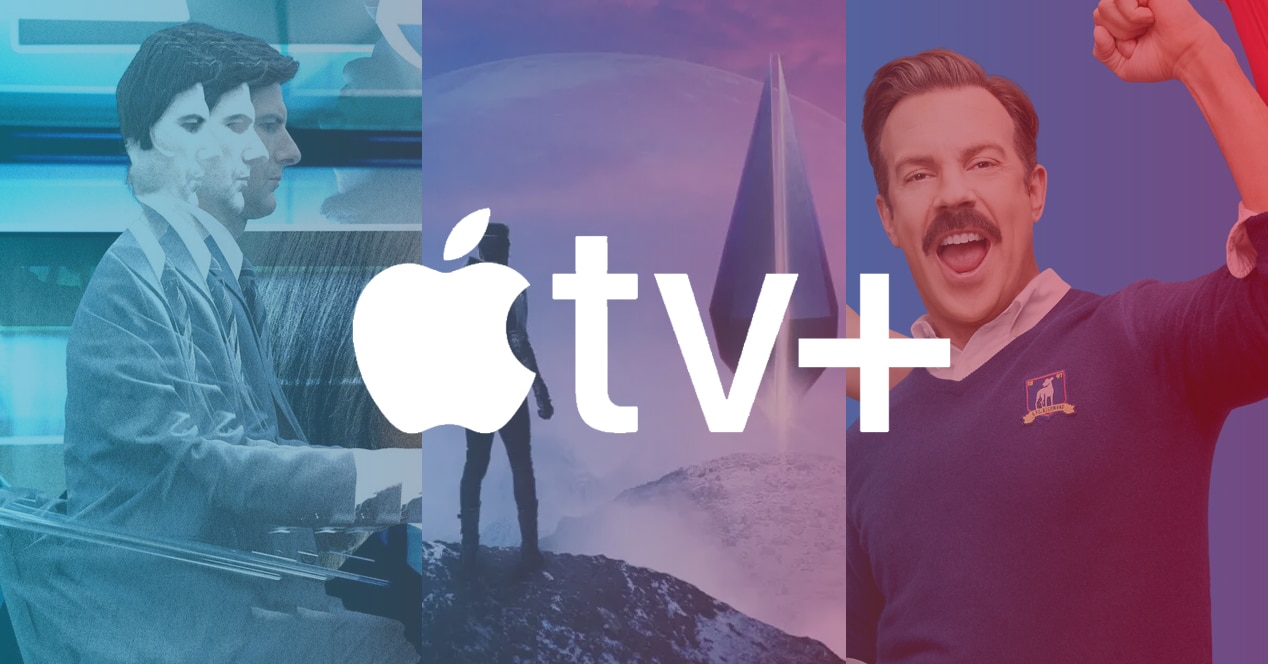
We come to one of the most important points. In actuality there are two types of subscription services:
single plan
They offer a single membership which is uniform for all users. This is the case of Disney + and Apple TV +. Whether or not you have a 4K television, the only plan you can contract gives you the right to access content in this resolution.
Plan by sections
Most of the platforms have opted for this type of subscription. Basic plans offer more measured resolutions at cheaper prices. As we want more simultaneous displays or better image qualityYou will have to pay a little more.
In this section, each service is a world. Even the same company can offer different plans depending on the country in which you are. Netflix is the most controversial case of all. Their most basic membership doesn't even offer HD resolution. The two-screen plan allows only Full HD resolution, and only the premium plan supports 4K content.
The playback device is important
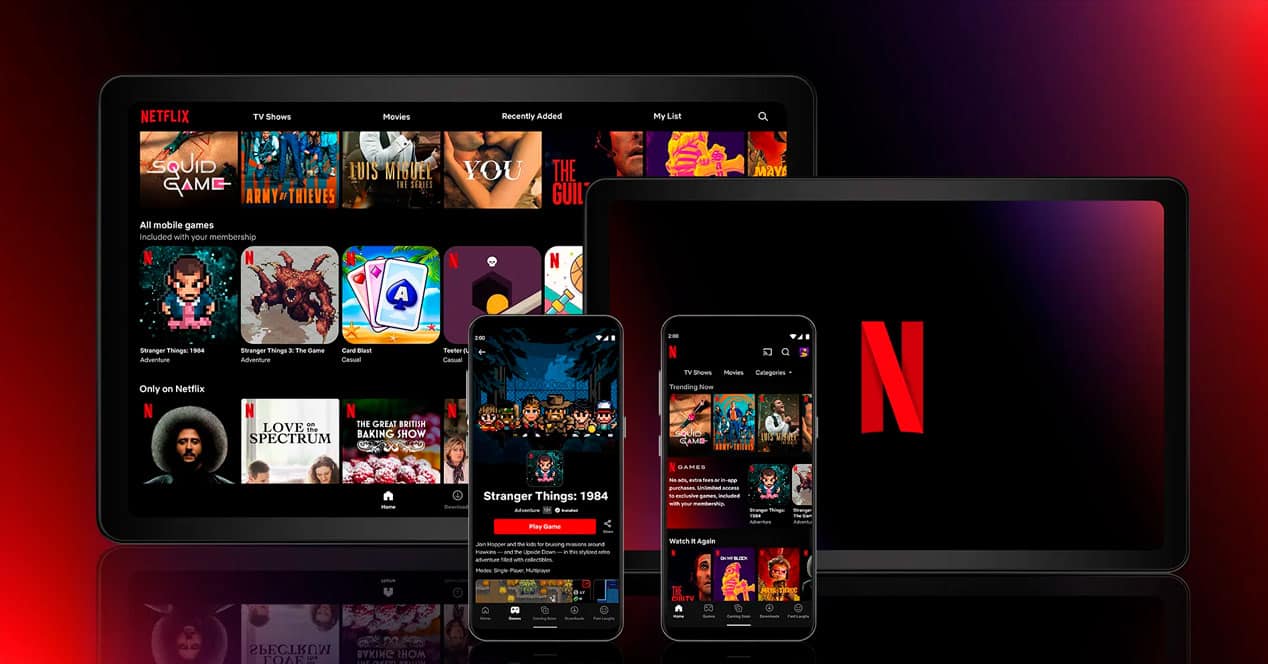
It is not the same to see the content on your Smart TV than on the mobile phone. There are many streaming services that limit the quality of the content depending on the device we are using:
Limitations by device type and operating system
For example, if you have a mobile with QHD resolution, some streaming services such as HBO Max (who have a single plan in Spain) will not give you the maximum. The same will happen if you have a mobile with 4K resolution, although they are not quite common. Others have device limitations. Prime Video Amazon offers 4K resolution on Android phones, but not iPhones or iPads. If you have the option, you're better off watching Prime Video content on Android than iOS.
Browser limitations
On the rare occasions when a streaming service offers 4K support in the browser, such as Netflix, often does not apply to all browsers. To continue the example, Netflix offers 4K for Microsoft Edge, Safari, and the Netflix app on Windows. The compatibility list may change, but it gives us an idea of where the shots are going. If you're watching Netflix in Chrome, Firefox, or Brave, you're not taking advantage of the 4K resolution.
Internet connection can play an important role
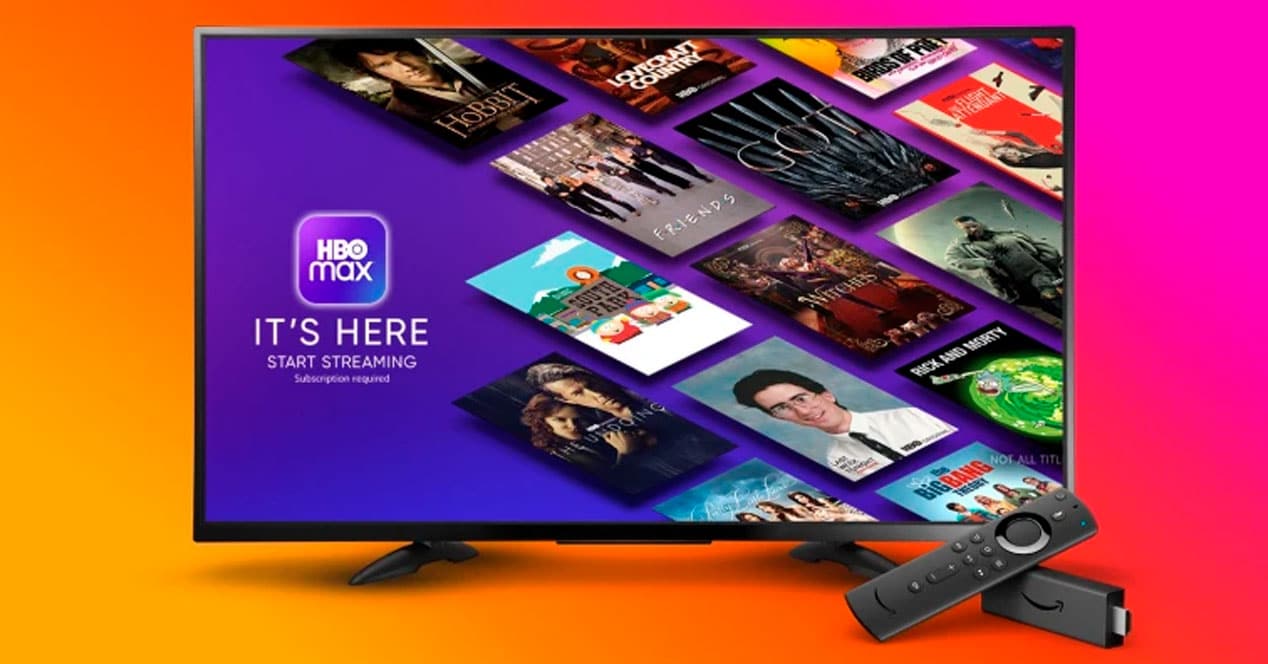
In many of the video services we use on the Internet, such as YouTube, we can select the resolution by hand. If at any time we have bad coverage, we can lower the resolution to prevent playback from cutting off. However, in recent years, this technology has been improved, and quality loss is applied automatically. With streaming services, exactly the same thing happens, only silently.
If your Internet speed is good and stable —you have your TV near the router or connected directly by Ethernet cable—, you will rarely notice a sudden drop in quality. However, if the environment is saturated, you have a bad connection or your router is one of those that has downturns, the video you consume will be affected.
Each service recommends some parameters based on the encoding that they give to their content and the chosen resolution. For 4K, Netflix recommends a 15 megabits per second connection HBO Max requires a better connection, because at least they will ask you for a connection 25 mbps (although they recommend 50 megabits per second to avoid problems).
Regardless of the Internet plan you have contracted at home, it will depend on the coverage whether or not that bandwidth reaches your television or playback device. If your router is too far away or there are wide walls between the router and your TV, the quality will drop and no one will notify you of that fact.